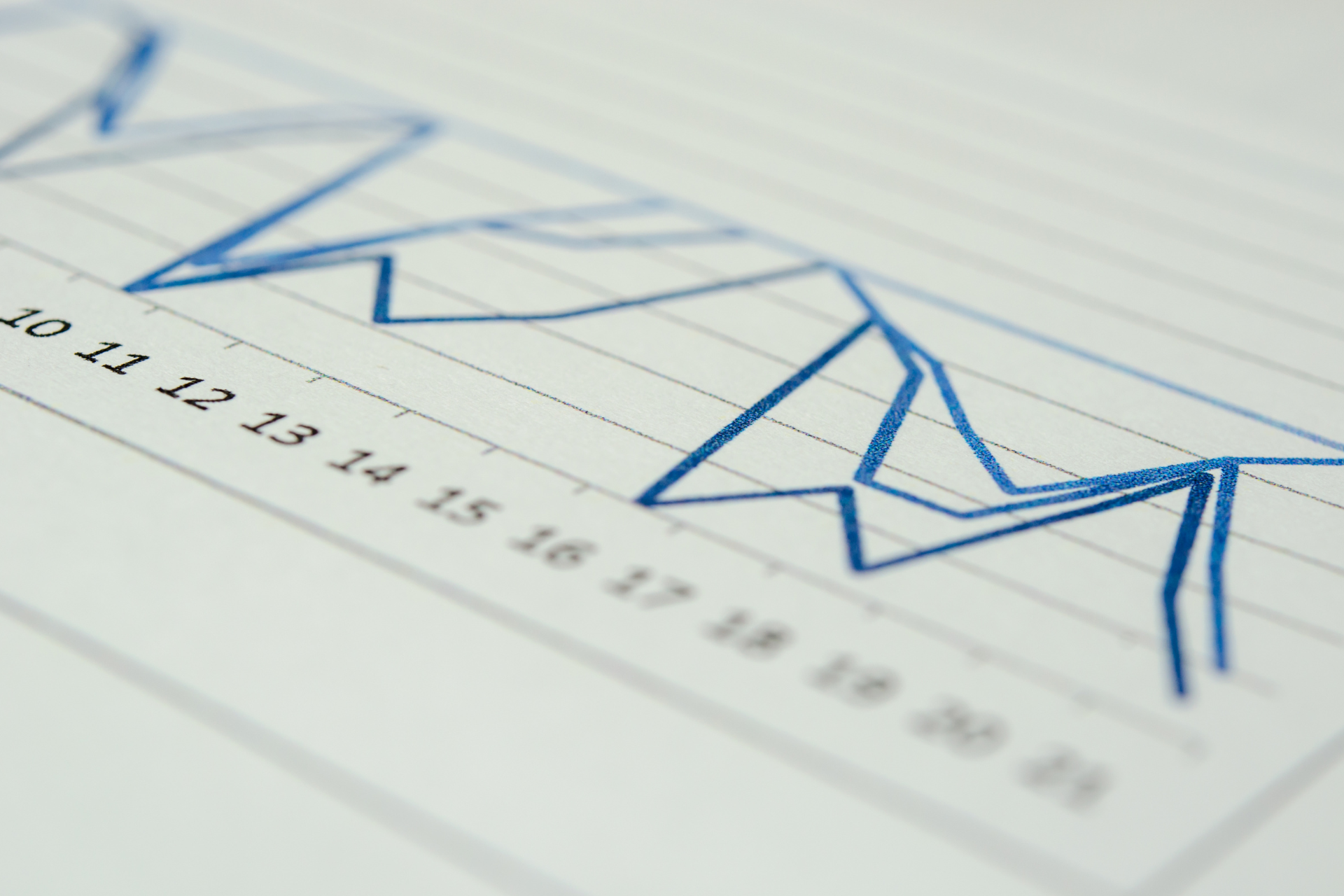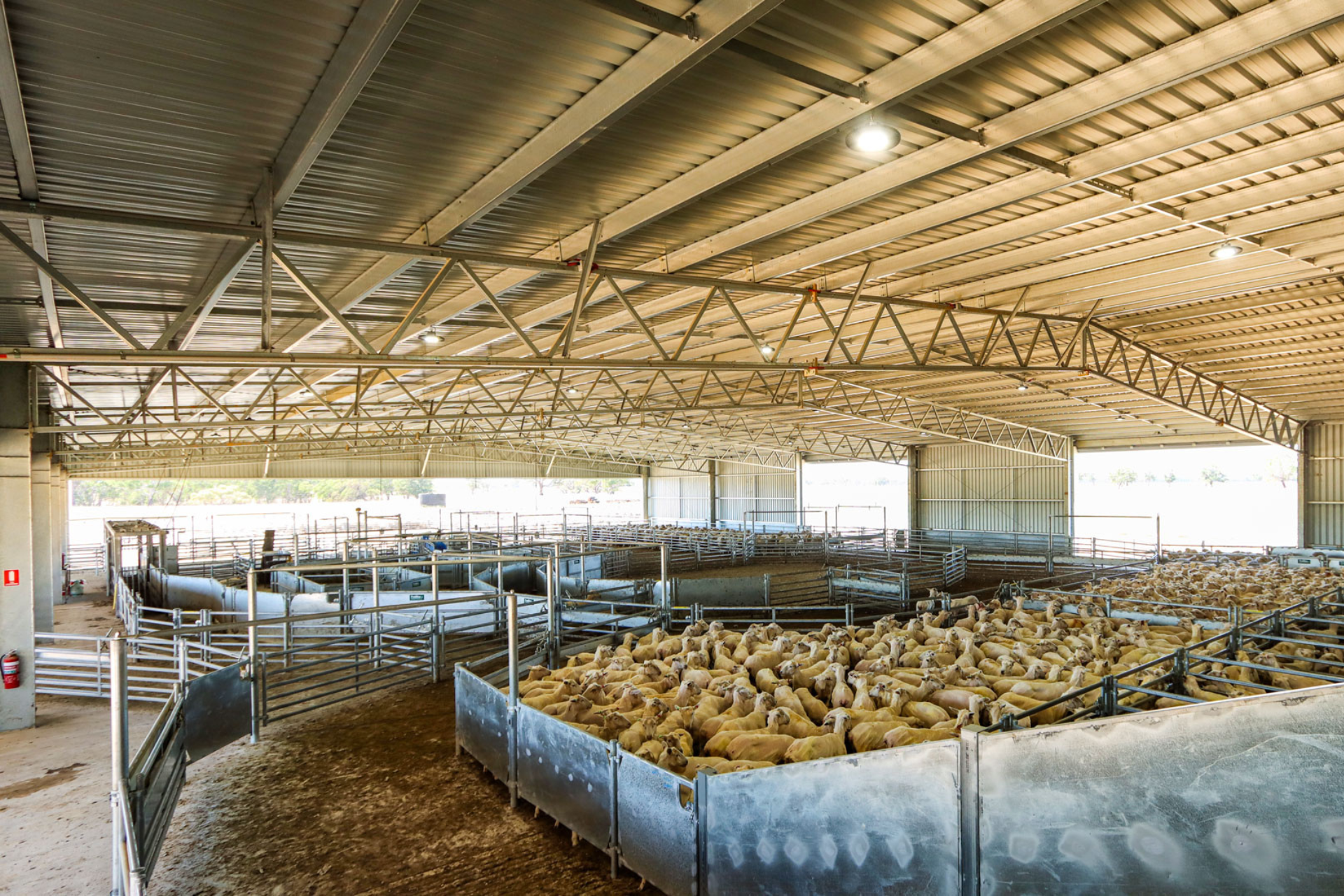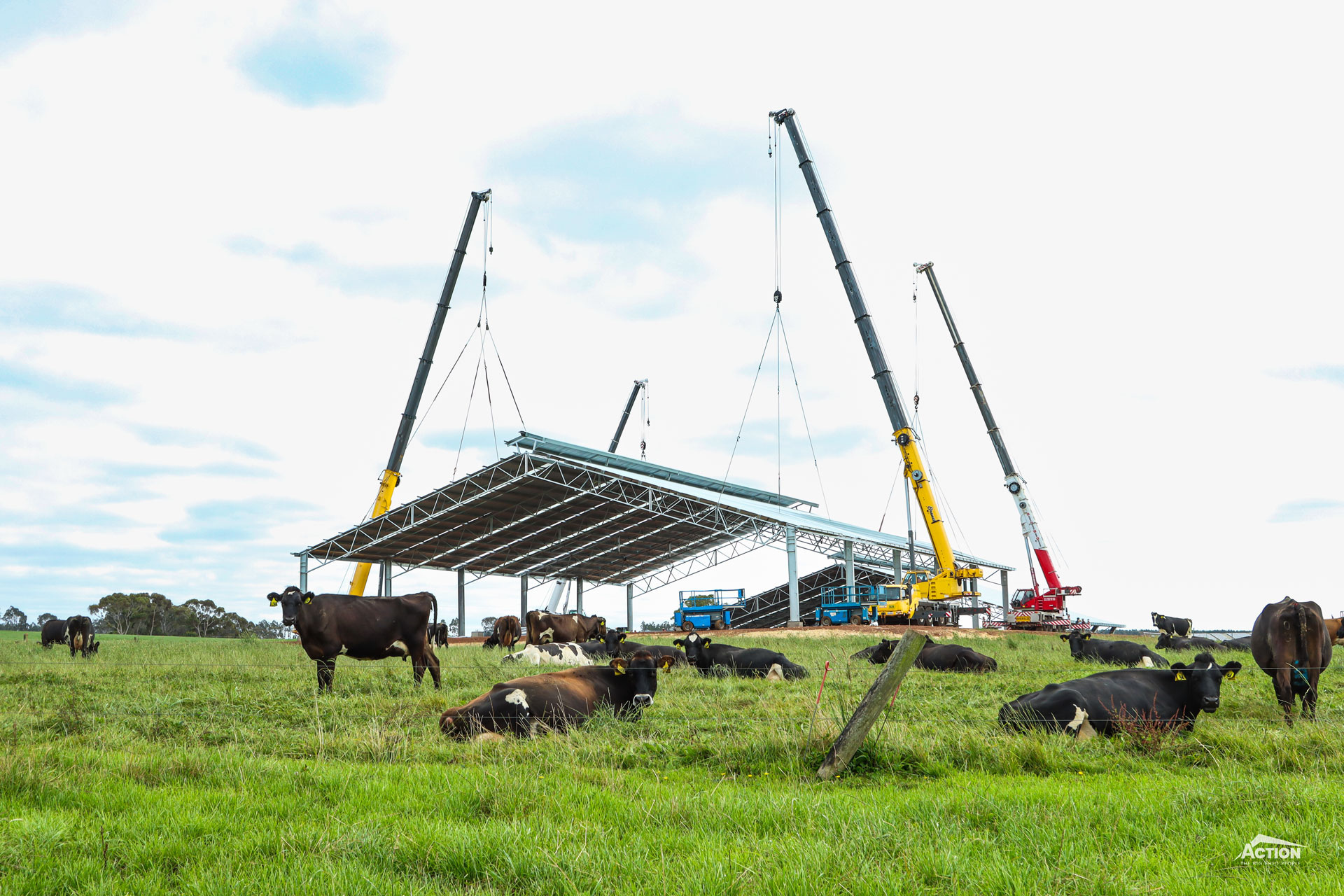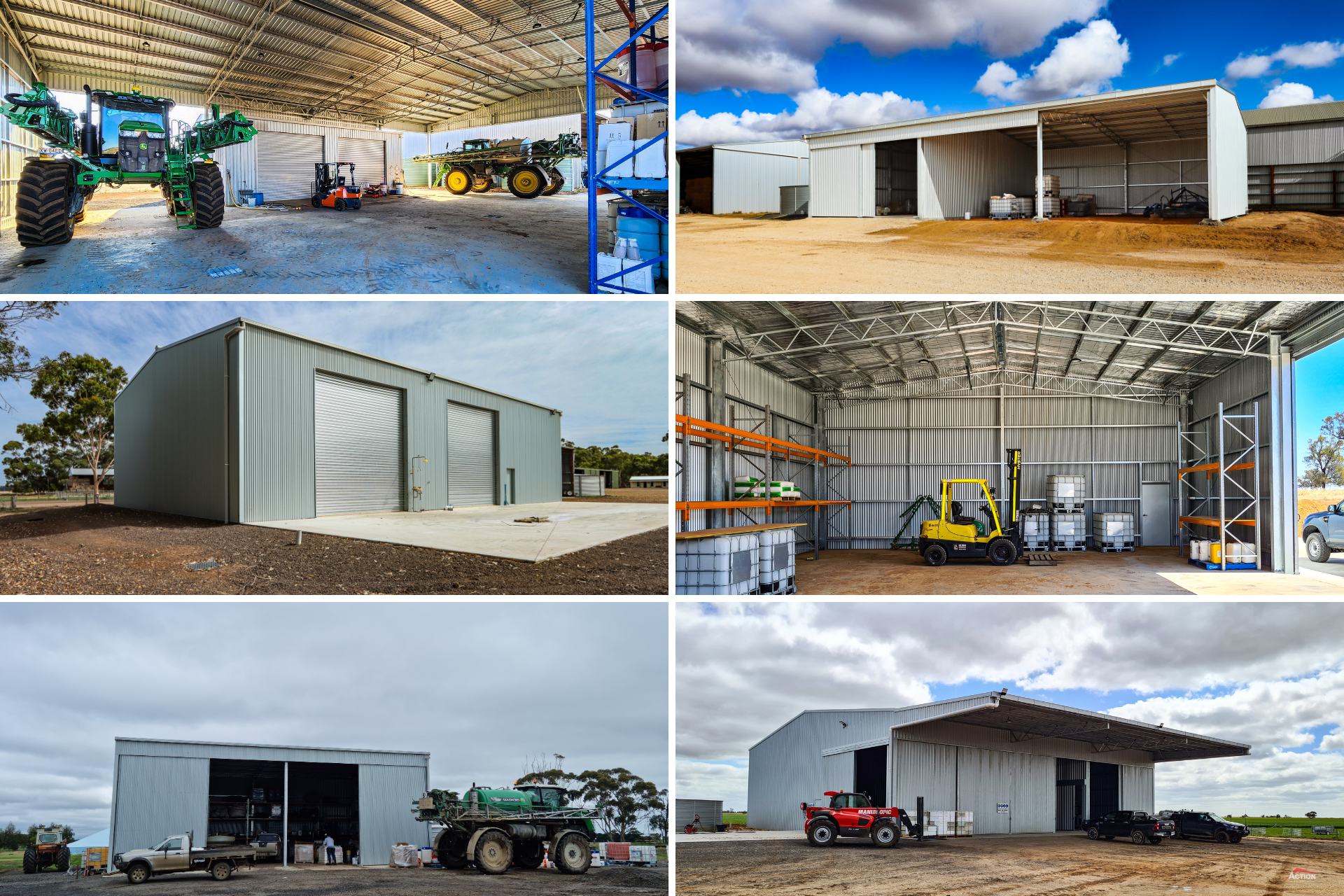Modern farms work very differently to the way they did a few decades ago and one of the major reasons for this is the advancement in farming technology. Sensors, trackers and GPS technology are just some of the developments becoming part of the modern farm.
Technology Over Time
Looking back, changes to the way we farmed were propelled by the Industrial Revolution in the 18th century with the likes of Jethro Tull’s seed drill.
In the second-half of the 20th-century, advancement in agricultural technology gained momentum and continues today. Some of the most significant advancements so far include:
- The “Green Revolution” of the 1960’s – a US program lead by scientist Dr Norman Borlaug (who received the 1970 Nobel Peace Prize) that included the development of high yielding grains and new irrigation and cropping techniques. Apparently, (according to this article) since the “Green Revolution” “crop production has increased nearly two and a half times, from 1.84 billion tonnes to 4.38 billion tonnes in 2007, achieved on only 11% more cropped land.”
- The invention of rotary combines in the 1970’s – Sperry-New Holland invented the first twin-rotor system combine around 1975.
- The use of satellite technology in the 1990’s – With the advancement of satellite technology farmers began using it to view their farms overhead and used what they saw to improve their planning.
- Devices and software of the 2000s – the improvement of mobile devices and what they can be used for, coupled with drones, sensors and apps, means farmers can now collect and easily access more data than ever before, from the water levels on the property to ordering the next lot of seed with a click of a button.
Here’s a quick look at just some of the developments in farm technology over the past few years
Apps
An app or application is basically a specialised program that can be downloaded to work on mobile devices. Apps can be used for an incredibly wide range of things from keeping an eye on the weather to helping you make decisions for your next crop.
With apps continually changing and new ones being developed, it can be hard to find the ones that work for you.
Some handy agricultural apps to try include AgWorld, BackPaddock, IndustryInventories, WeedSmart, Farm Helpa, AgriPlot and Agrow Data.
Drones
A drone is an unmanned aerial vehicle (UAV) that can either be controlled remotely or can fly itself from a software-controlled flight plan. From checking on livestock to mustering them (check it out here), drones are being widely embraced on farms as more and more practical uses for them are discovered.
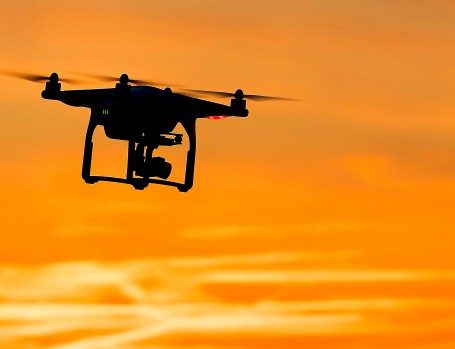
Some of these uses include:
- Monitoring livestock and crops: This helps to quickly identify any issues such as fungi and parasites or a struggling animal. As a result, they can be quickly resolved saving time, money and potentially increasing output.
- Analysing soil quality: Drones can be used to produce 3D maps that can be used when cropping to work out the best seed planting pattern and provide data on irrigation and fertiliser management.
- Spraying: Some drones can be programmed to spray paddocks and can adjust to the topography and geography by using lasers and ultrasound.
What is Precision Ag?
Precision agriculture can be defined as the “kind of agriculture that increases the number of decisions per unit area of land per unit of time with associated net benefits.” (McBratney et al., 2005)
This article defines it as “satellite farming … based on measuring, impact assessment and responding to variations in key components of the agricultural process.”
Precision agriculture (PA) can help improve agricultural yield and reduce potential environmental risks in a variety of ways:
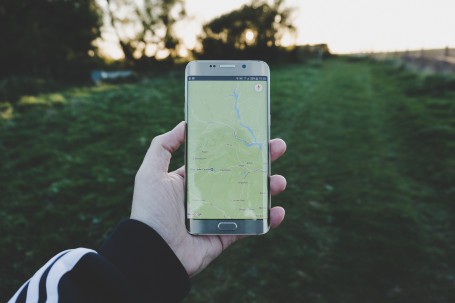
- Collecting data in real time which allows monitoring and up-to-date analysis and decision making in the moment.
- Allows for increased automation of crop and livestock management.
- Resources such as water, fertiliser and pesticides can be targeted to where they are needed and where they will get the best result.

